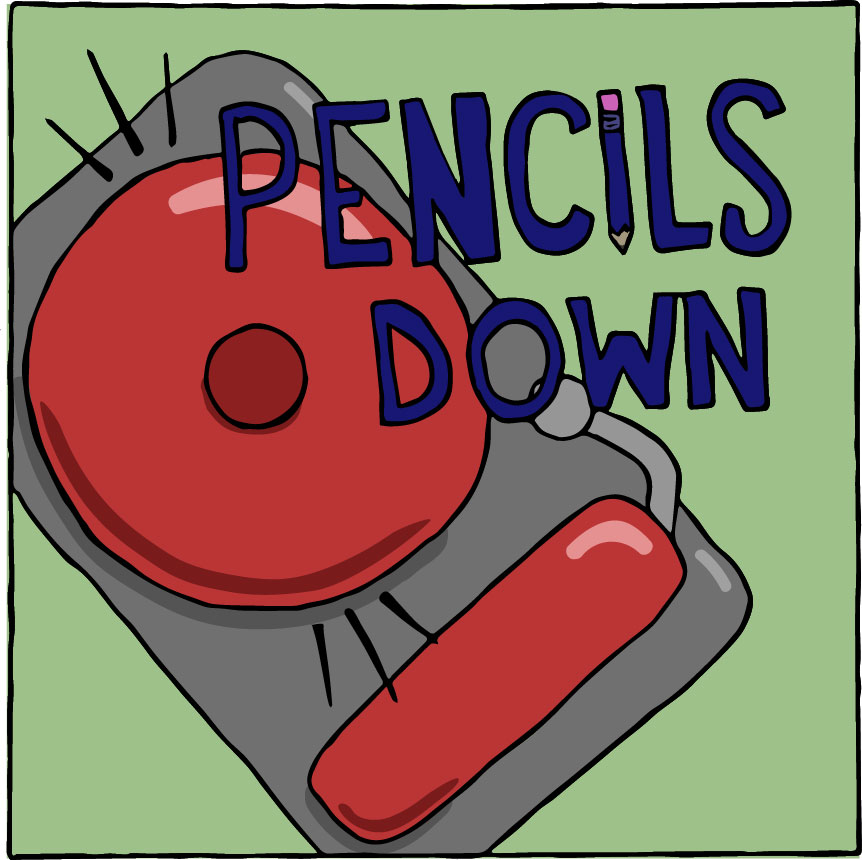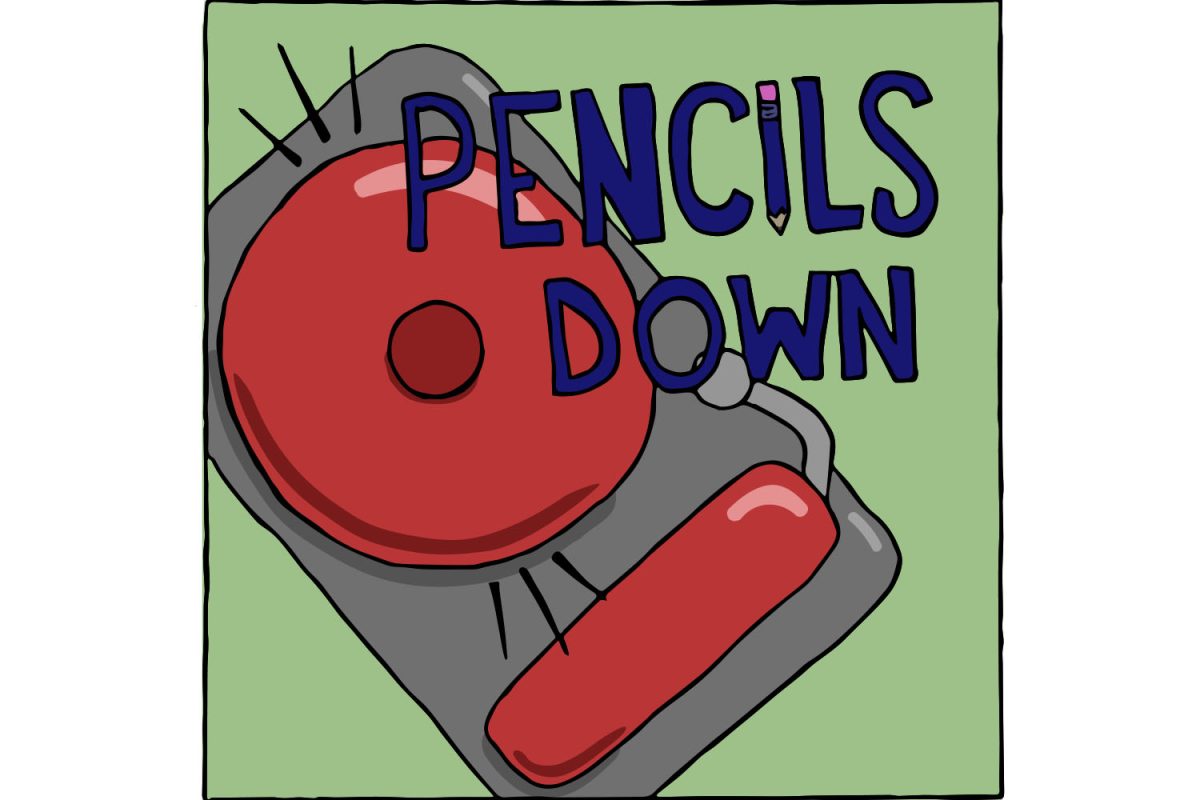When I make my first drive through the Ithaca College campus each August, one sight is always there to greet me. On the lower practice fields, a sea of blue and white Bombers’ football players are running routes and pummeling the hitting sleds.
But one question has always crossed my mind as I pass by the players: Why are there so many?
As of the first scheduled contest of the 2011 football season (the most recent year for which official data is available), there were exactly 138 players listed between its veteran and newcomer rosters. For the 2013 season, the roster currently stands at 137 athletes. The college is not alone; Empire 8 Conference rivals, such as St. John Fisher College and Alfred University, field just as many players. But considering that teams in the National Football League survive with just 53 players on their rosters, I was curious to find out just why we have so many Bombers.
I spoke with Susan Bassett, the college’s new director of intercollegiate athletics, to find some answers. Bassett said the football program features newcomer and junior varsity levels that help train underclassmen and give every player an equal chance to improve by the time he becomes a junior.
“There’s a lot of teaching of our system that goes in that four years,” Bassett said. “We’re looking to develop [players] both in terms of skills and their physical development and understanding our system.”
That’s fair, but then why doesn’t each one of our 27 varsity teams feature a JV program? Bassett said that decision is left to the coaches and how many athletes they believe their resources can support.
“I’m not going to dictate if they make cuts or not,” Bassett said, referencing the college’s varsity coaches. “I would counsel them that they need to be wise about the time they can provide to everybody in their program.”
Stephen Mosher, professor of sport management and media, said he believes the football team’s size has more to do with the college’s demographics than player development.
“The strongest argument right now for Division III schools is that it attracts male students,” Mosher said. “And, particularly with private colleges, that matters.”
Mosher referred to the college’s gender ratio on campus, where female students currently represent approximately 57 percent of the student body. He said private universities prefer not to exceed 60 percent of either gender in order to maintain diversity.
According to the U.S. Department of Education’s Equity in Athletics Data Analysis Cutting Tool, football is by far the costliest sport in terms of athletic equipment. At the college, it costs an average of $1,461 to equip one player with gear, which includes helmets, pads, cleats and jerseys. Based on the 2011 analysis, the total figure per season exceeded $200,000 for the entire team. This figure makes up 26 percent of the college’s total operating budget for men’s varsity teams.
Some college sports teams cost more to equip than others, of course. A football player, for example, needs more protective gear than a cross-country runner. But with participation rates declining in both the Pop Warner and high school football levels because of parents’ growing safety concerns, Mosher said it’s worth arguing that the college would be better served allocating that money toward a JV program in a growing sport like men’s soccer.
As for me, I’m not ready to advocate for taking away the JV football program just yet. But as the sports landscape continues to evolve, I do believe it is a discussion the campus community should begin.



